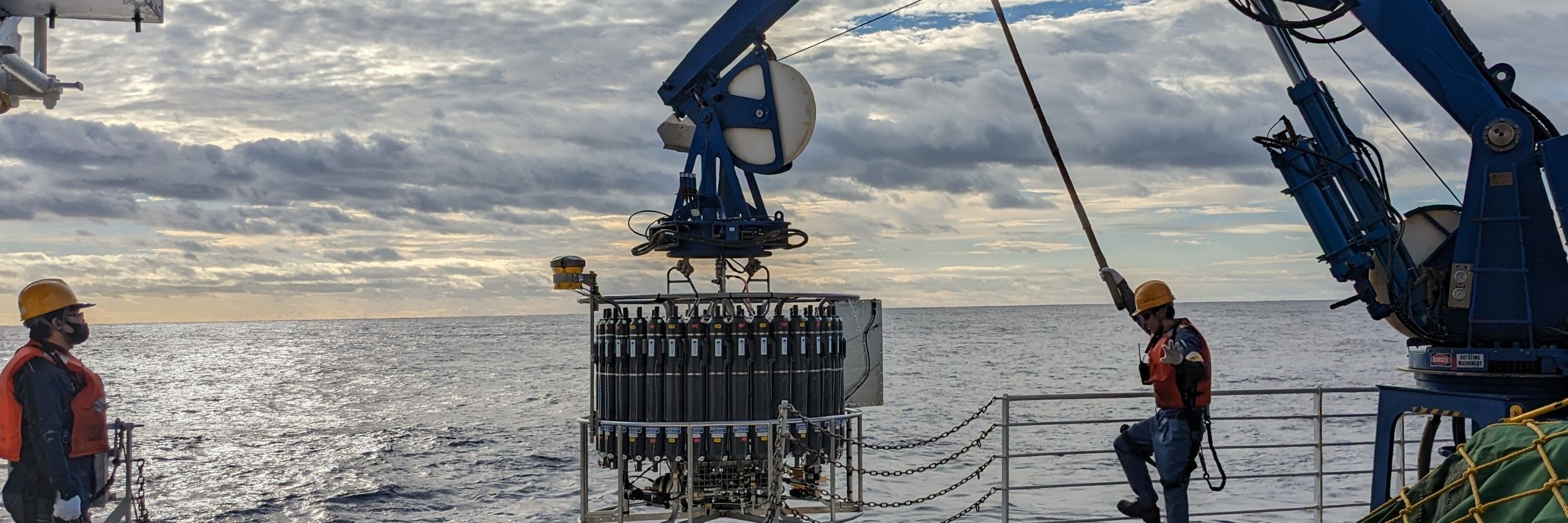Ryohei Yamaguchi
@ryamaguchi.bsky.social
420 followers
130 following
6 posts
Sea-going oceanographer @JAMSTEC ⚽️
Ocean carbon cycle & climate change
https://scholar.google.co.jp/citations?user=HEtB4eMAAAAJ&hl=en&authuser=1
Posts
Media
Videos
Starter Packs
Reposted by Ryohei Yamaguchi
K. Katsumata
@kkats.bsky.social
· Feb 14
K. Katsumata
@kkats.bsky.social
· Feb 12

Hydrographic section along 55° E in the Indian and Southern oceans
Abstract. A hydrographic section along 55° E, south of 30° S, was visited from December 2019 to January 2020 as the first occupation under the Global Ocean Ship-based Hydrographic Investigations Progr...
doi.org
Reposted by Ryohei Yamaguchi
Ryohei Yamaguchi
@ryamaguchi.bsky.social
· Dec 16

Global upper ocean dissolved oxygen budget for constraining the biological carbon pump - Communications Earth & Environment
The biological carbon pump exports about 7.36 Pg of carbon globally per year from the upper ocean, according to an estimation of the dissolved oxygen budget that accounts for air–sea exchange, advecti...
www.nature.com
Ryohei Yamaguchi
@ryamaguchi.bsky.social
· Nov 13
Reposted by Ryohei Yamaguchi
Reposted by Ryohei Yamaguchi
Reposted by Ryohei Yamaguchi
Ryohei Yamaguchi
@ryamaguchi.bsky.social
· Oct 30
Reposted by Ryohei Yamaguchi
Reposted by Ryohei Yamaguchi
Reposted by Ryohei Yamaguchi















